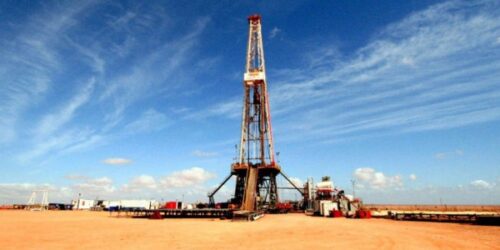WTI crude hit the psychologically important $85 per barrel mark earlier on Monday—the highest the U.S. crude benchmark has traded since October 2014. WTI prices eased later in the afternoon, with the benchmark falling back to $84.02—still up on the day and up about 20% month on month.
The skyrocketing crude prices are largely the result of gas-to-oil switching amid a natural gas crisis in Europe and Asia. According to a note to clients from Goldman Sachs, it sees global crude oil demand could see a million barrel per day bump as the price of natural gas booms.
The bank estimates that global oil demand has already passed the 99 million bpd mark, and will return to 100 million bpd with Asia’s demand rebounding.But that proclamation was made before China began issuing further lockdowns amid yet another wave of Covid-19 infections. The bank did note, however, that any potential lockdowns in China would be brief and, therefore, not a significant impact on oil demand.
In the United States, strong demand for gasoline and distillates is further supporting WTI prices. Despite high gasoline prices, U.S. consumption of gasoline and distillates is now back at five-year average levels.
As the world’s largest fuel consumer, fuel demand in the United States is a critical component for determining prices.
In addition to the natural gas crisis and U.S. fuel demand, another support for crude prices is market panic as India, China, and Europe struggle to keep power plants flush with not just natural gas, but coal as well.
Goldman said that a strong showing in global oil demand could push Brent crude above its year-end forecast of $90 per barrel.





